Growing Demand for Renewable Energy
The increasing emphasis on renewable energy sources in the US is driving the wind turbine-brakes market. As the country aims to reduce its carbon footprint, wind energy has emerged as a viable alternative. The US Department of Energy reports that wind energy capacity has grown significantly, with over 130 GW installed by 2025. This surge in wind energy projects necessitates reliable braking systems to ensure safety and efficiency. Consequently, manufacturers are focusing on developing advanced braking technologies to meet the rising demand. The wind turbine-brakes market is likely to benefit from this trend, as more wind farms are established across the nation, leading to a higher requirement for braking systems that can withstand harsh environmental conditions.
Regulatory Compliance and Safety Standards
Regulatory compliance plays a pivotal role in shaping the wind turbine-brakes market. The US government has established stringent safety standards for wind energy systems, necessitating the implementation of reliable braking systems. Compliance with these regulations is crucial for manufacturers, as failure to meet safety standards can result in significant penalties and operational disruptions. As a result, there is a growing emphasis on developing braking systems that not only comply with regulations but also enhance the overall safety of wind turbines. This focus on regulatory compliance is likely to drive innovation and investment in the wind turbine-brakes market.
Technological Innovations in Braking Systems
Technological advancements in braking systems are reshaping the wind turbine-brakes market. Innovations such as advanced materials and smart braking technologies are enhancing the performance and reliability of braking systems. For instance, the integration of sensors and automation in braking systems allows for real-time monitoring and adjustments, improving safety and efficiency. The market is witnessing a shift towards more sophisticated braking solutions that can adapt to varying wind conditions. This trend is expected to drive growth in the wind turbine-brakes market, as manufacturers strive to meet the evolving needs of the industry and enhance the overall performance of wind turbines.
Rising Awareness of Environmental Sustainability
The increasing awareness of environmental sustainability is influencing the wind turbine-brakes market. As stakeholders, including consumers and businesses, prioritize eco-friendly practices, the demand for renewable energy solutions is on the rise. Wind energy, being one of the cleanest forms of energy, is gaining traction. This shift in consumer preferences is prompting manufacturers to develop braking systems that align with sustainability goals. The wind turbine-brakes market is expected to see growth as companies innovate to create environmentally friendly braking solutions, thereby contributing to the overall sustainability of wind energy projects.
Increased Investment in Wind Energy Infrastructure
Investment in wind energy infrastructure is a crucial driver for the wind turbine-brakes market. The US government and private sector are allocating substantial funds to enhance wind energy capabilities. According to recent data, investments in wind energy projects are projected to exceed $20 billion annually by 2026. This influx of capital is expected to stimulate the development of new wind farms and the retrofitting of existing ones, thereby increasing the demand for braking systems. As these projects progress, the wind turbine-brakes market will likely see a corresponding rise in demand for innovative braking solutions that ensure operational safety and efficiency.


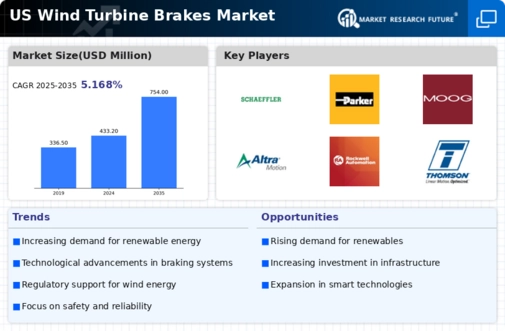
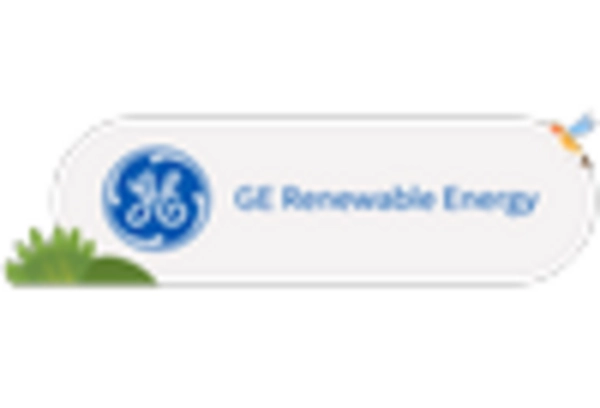
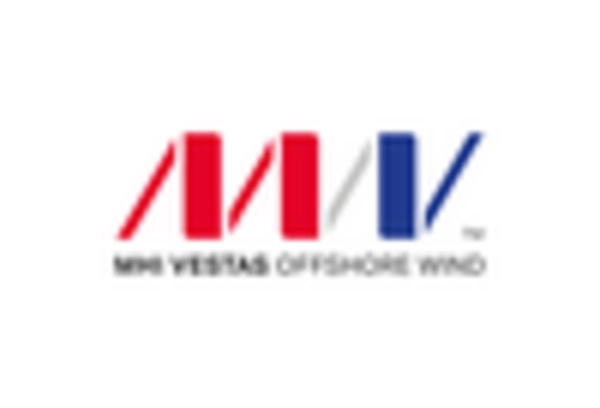
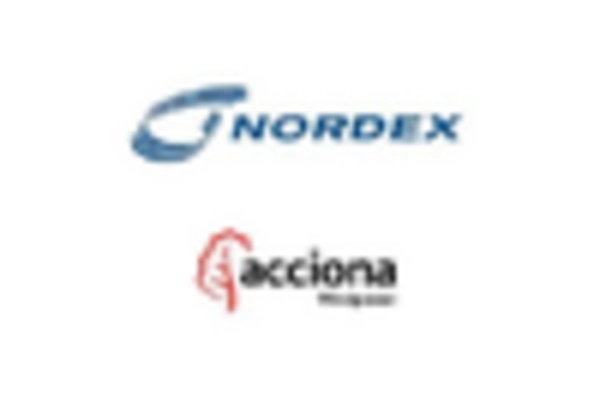
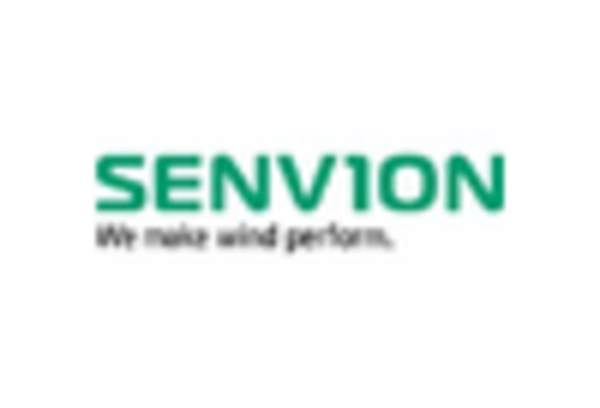
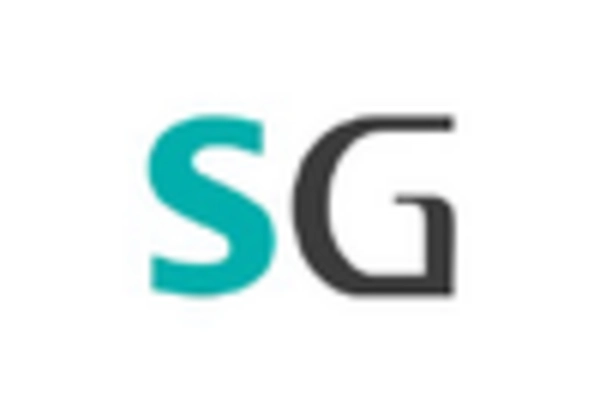
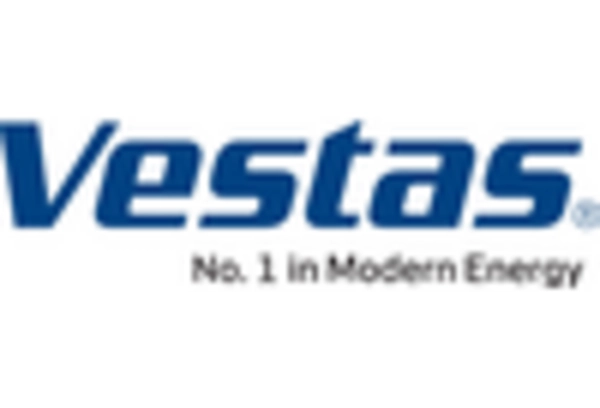








Leave a Comment